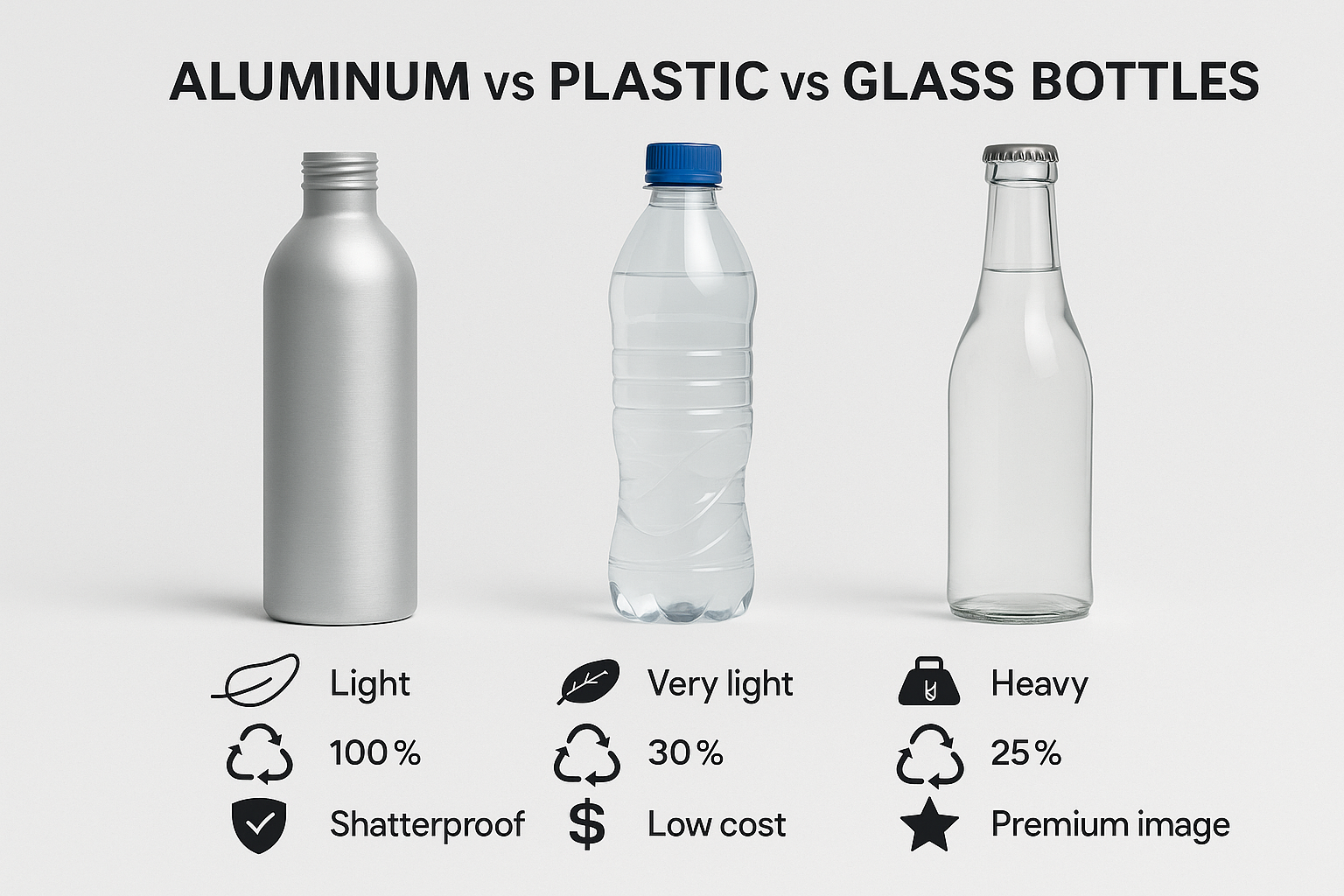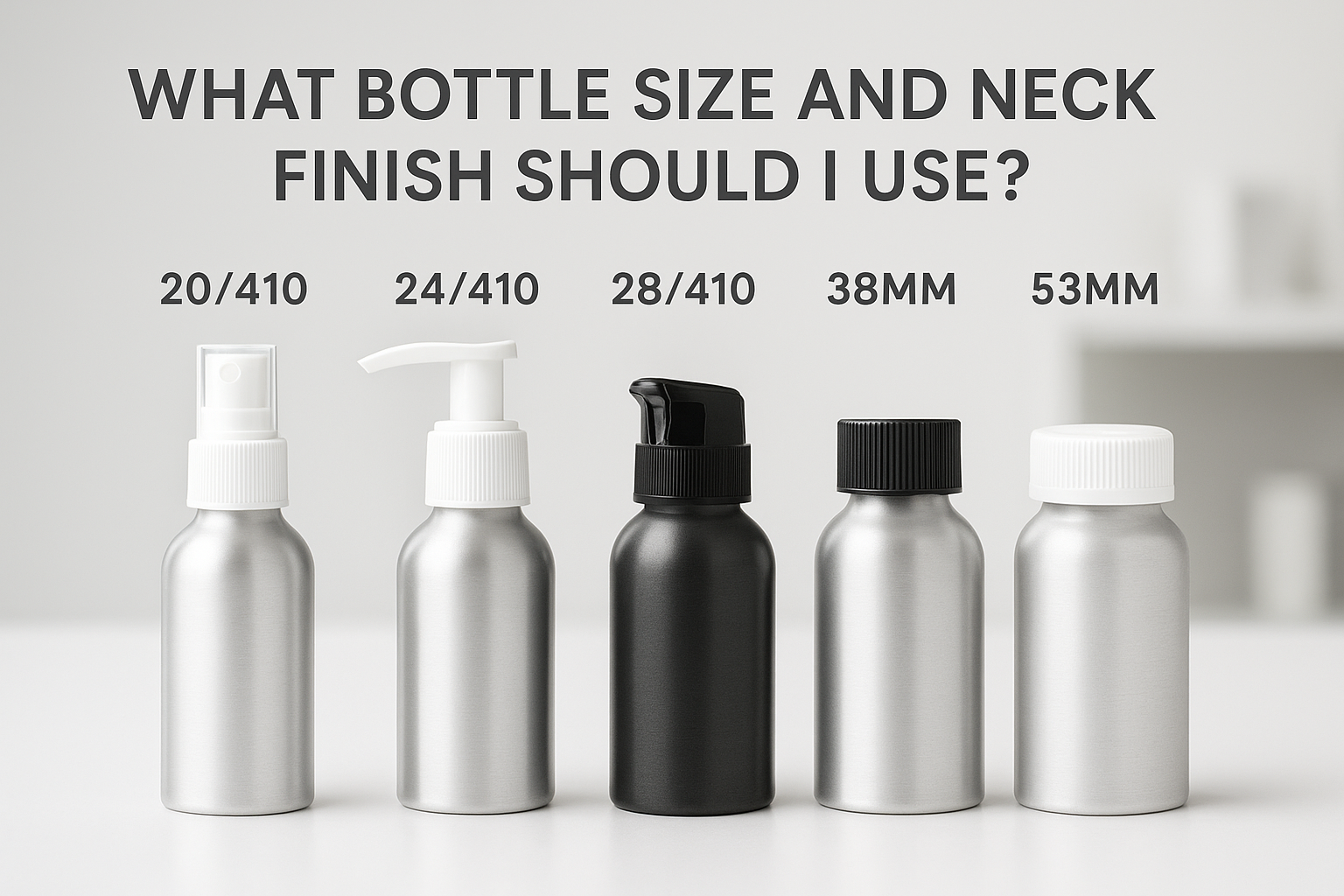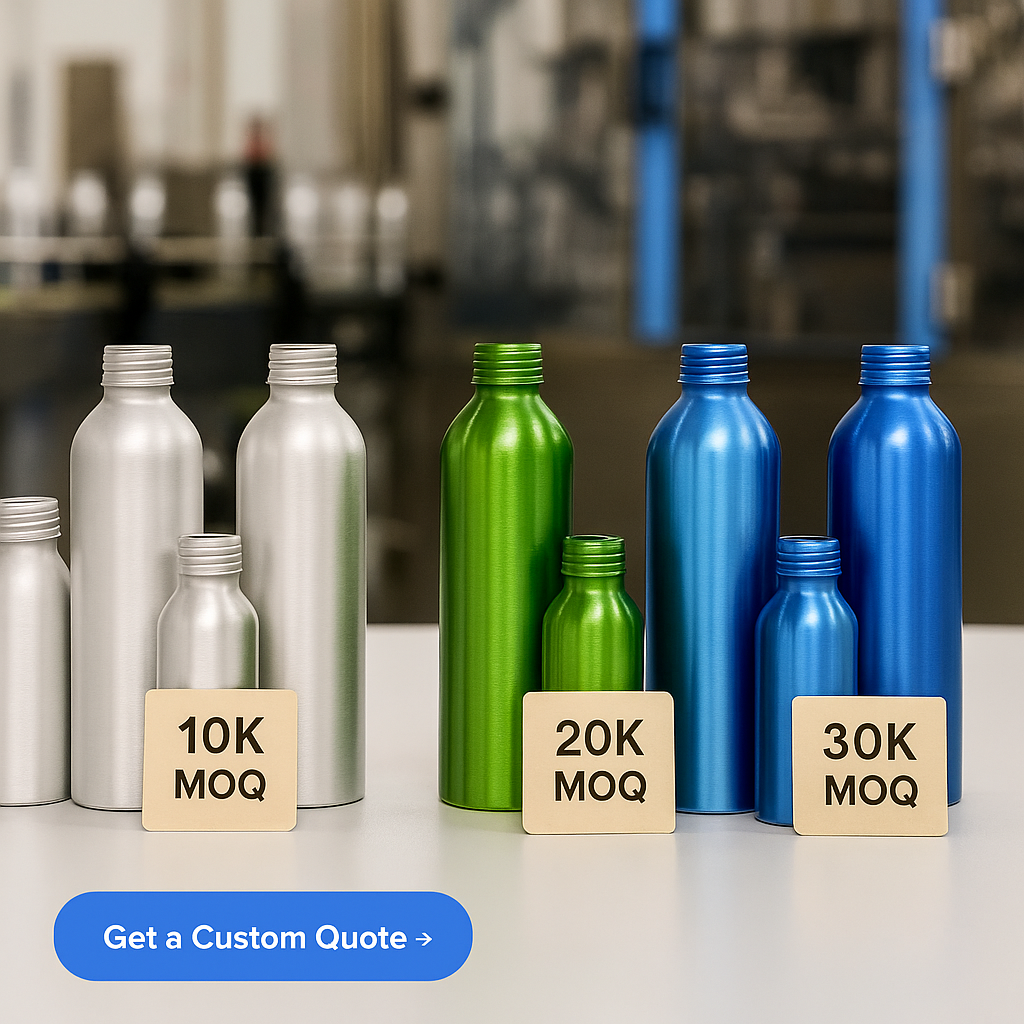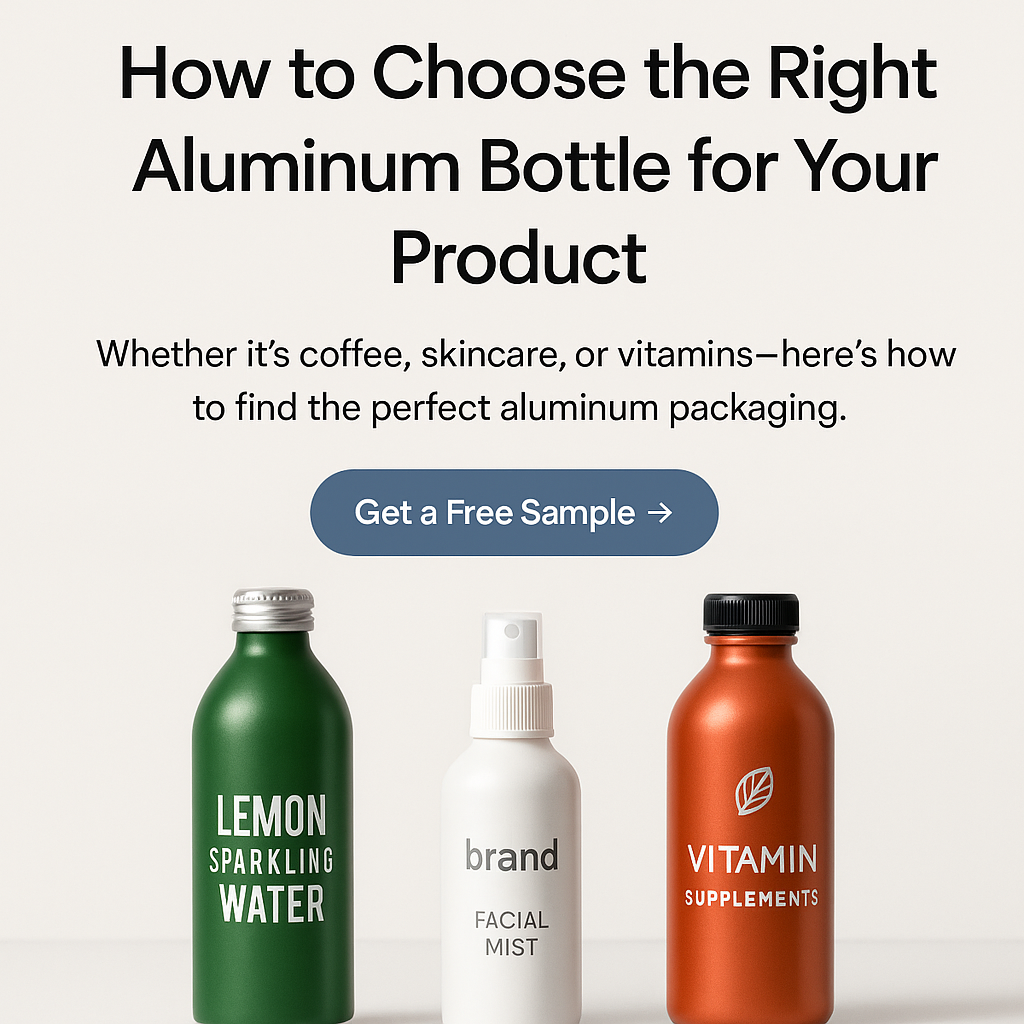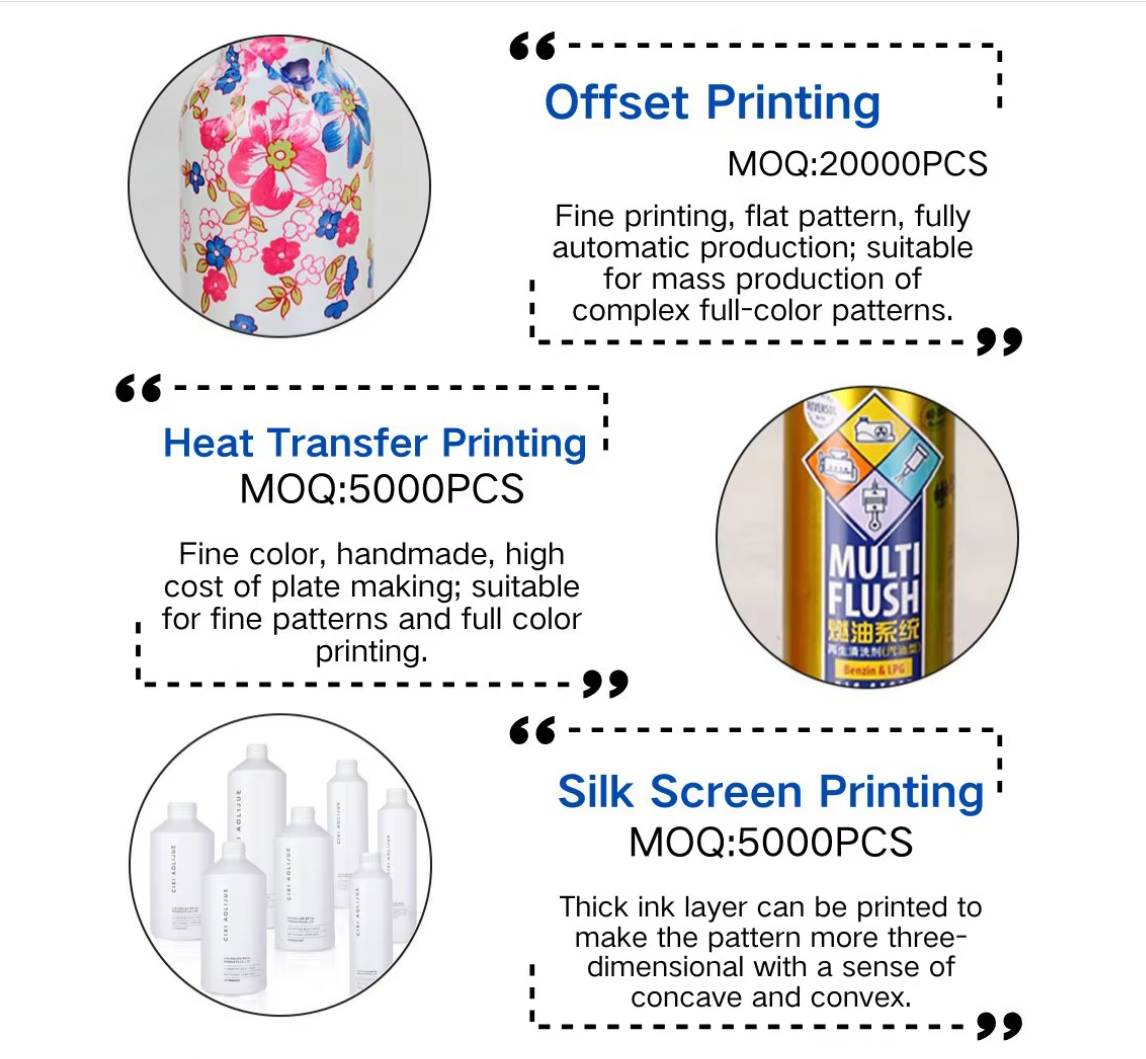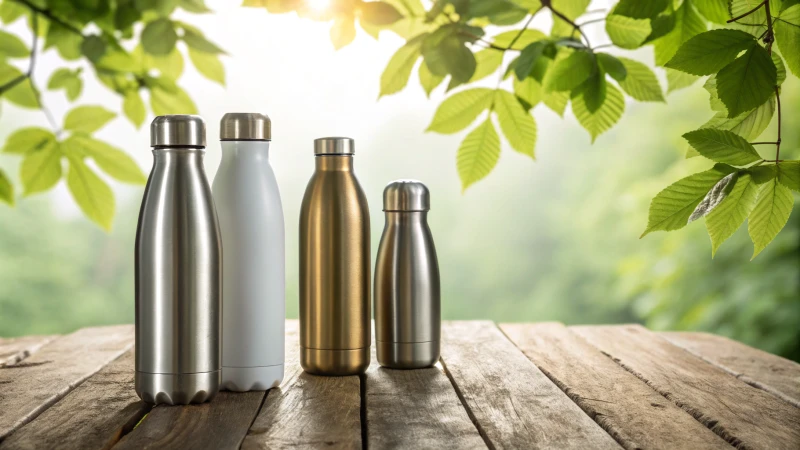
Think about the last time you drank from an aluminum bottle. There's more to it than it seems.
Beverage companies are changing to aluminum bottles. Aluminum provides unmatched recyclability. Aluminum bottles leave a lighter environmental footprint. They also offer health benefits compared to plastic. This material's endless recyclability reduces waste. Aluminum packaging saves resources. This metal gives a safer, chemical-free option than plastics. It is very safe.
When I think about why many beverage companies choose aluminum, it reminds me of my own experience. At first, the environmental benefits attracted me. Aluminum bottles recycle endlessly without losing quality. This really impressed me. As I learned more, I saw the importance of trust and safety. Consumers today are really aware and care about what touches their drinks. Aluminum, unlike plastic, doesn’t release harmful chemicals. That peace of mind is priceless. The switch is not just a trend. It represents a meaningful move towards a sustainable future. These are the same values that I hold dear.
Aluminum bottles are infinitely recyclable.True
Aluminum can be recycled repeatedly without losing quality, reducing waste.
Plastic bottles are safer than aluminum bottles.False
Aluminum is free from harmful chemicals often found in plastics.
Why Are Aluminum Bottles Environmentally Beneficial?
Imagine changing from plastic to aluminum bottles and helping the planet. Wondering how this choice helps the environment?
Aluminum bottles offer a very eco-friendly option. These bottles are recyclable forever. They keep their quality even after recycling many times. They probably reduce landfill waste a lot. Recycling them uses less energy than recycling plastic. Aluminum bottles help lower carbon emissions in production and transport.

Recyclability and Energy Efficiency
I remember learning about aluminum's surprising ability to be recycled many times. This metal maintains quality during recycling, unlike plastic, which often loses quality with each cycle. Recycling aluminum uses just 5% of the energy needed for new production, saving a lot of energy.
Recycling Comparison:
| Material | Energy Usage in Recycling | Quality Loss |
|---|---|---|
| Aluminum | 5% of new production | None |
| Plastic | Up to 70% of new | Yes |
Reduction in Landfill Waste
Switching to aluminum bottles greatly reduces landfill waste. Plastic bottles can stay in landfills for up to 1,000 years. In contrast, aluminum's high recycling rate leads to a smaller environmental impact.
Lower Carbon Emissions
Producing aluminum bottles reduces carbon emissions compared to plastic due to the energy-saving recycling method. It provides a more sustainable packaging option that aligns well with my values.
Lightweight and Durable
Aluminum combines strength and lightness effectively, helping cut transport emissions and lower shipping costs. I find it beneficial for my business.
Transportation Impact:
| Factor | Aluminum Bottles | Plastic Bottles |
|---|---|---|
| Weight for Transport | Lower | Higher |
| Durability | High | Moderate |
Anyone curious about aluminum's impact1 compared to other materials should look into the full lifecycle analysis, including mining, production, and disposal. Understanding these aspects has guided me in choosing sustainable packaging.
Aluminum is infinitely recyclable without quality loss.True
Aluminum can be recycled repeatedly without losing its quality.
Plastic bottles decompose faster than aluminum ones.False
Plastic bottles take up to 1,000 years to decompose, unlike aluminum.
How Does Aluminum Packaging Affect Our Health?
Have you ever thought about whether the package of your favorite soda or laundry detergent might be affecting your health? Let's explore the world of aluminum packaging and how it influences our well-being.
Aluminum packaging is usually safe for daily use. Health problems mainly come from too much aluminum contact. Typical use of aluminum-wrapped products does not often lead to high exposure.
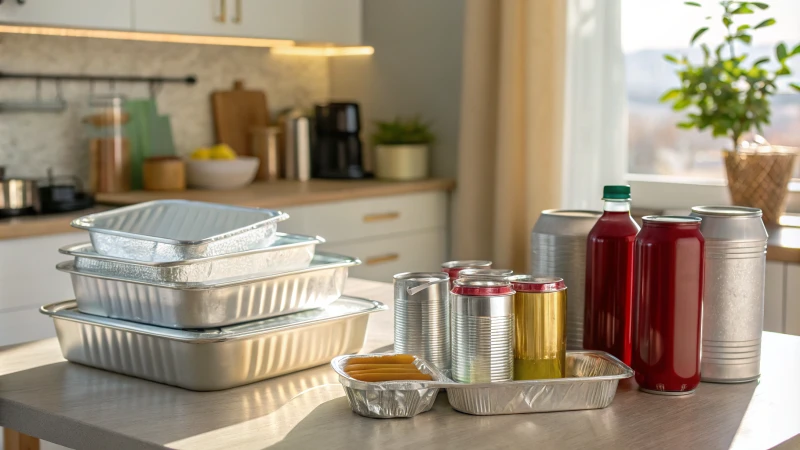
Understanding Aluminum Exposure
I am a health enthusiast, likely because of past cautious parenting tips and my habit of reading every label I see. Aluminum surrounds us in the air, food, and even some medicines. When discussing aluminum packaging2, the main concern is whether it seeps into our food and drinks. Research suggests that while aluminum containers might release small amounts of aluminum, these levels usually remain far below harmful limits. This is a crucial point.
The Science Behind Safety
I often stay up late reading about material safety. Organizations like the World Health Organization3 have determined that exposure from aluminum packaging is minimal compared to other sources. Acidic and salty foods need extra caution as they might promote more leaching. Snack lovers, take note!
| Source | Aluminum Contribution |
|---|---|
| Food | 95% |
| Packaging | 1% |
| Medicine | 4% |
Benefits and Considerations
I prefer products gentle on both the planet and my wallet. Aluminum has durability and recyclability, which impresses me. It withstands rough handling yet remains light, reducing my environmental impact through recycling.
However, there is a balance between these advantages and health concerns. Researchers are working on solving this puzzle by continuously improving safety measures to ensure minimal health risks while maintaining product effectiveness.
My work in the packaging industry highlights the importance of how we use these products. Storage methods and contents can influence safety. Thankfully, aluminum packaging manufacturers4 are continuously improving safety measures.
Staying informed contributes to wise decisions—whether choosing a soda can or selecting packaging for new products. By following updates from reliable sources, I navigate the complexities of aluminum packaging and its health impacts.
Balancing convenience, safety, and sustainability remains essential. Choices should protect personal health and the environment—a balance growing more important to me as I explore this fascinating connection in daily life.
Aluminum packaging contributes 1% to total aluminum exposure.True
Research indicates that aluminum packaging contributes only 1% to overall exposure.
Storing acidic foods in aluminum containers is safe.False
Acidic foods can increase aluminum leaching, making it unsafe to store them.
Are Aluminum Bottles More Cost-Effective for Companies?
When I first heard about aluminum bottles, I wondered if they could really change my business. I explored their cost-effectiveness and found some interesting insights.
Aluminum bottles are often a cost-saving choice for businesses because they are strong. This strength usually reduces product loss. Their light weight helps lower shipping expenses. These bottles are very recyclable, so they often provide tax savings. Yet, the starting price might be higher than other materials.
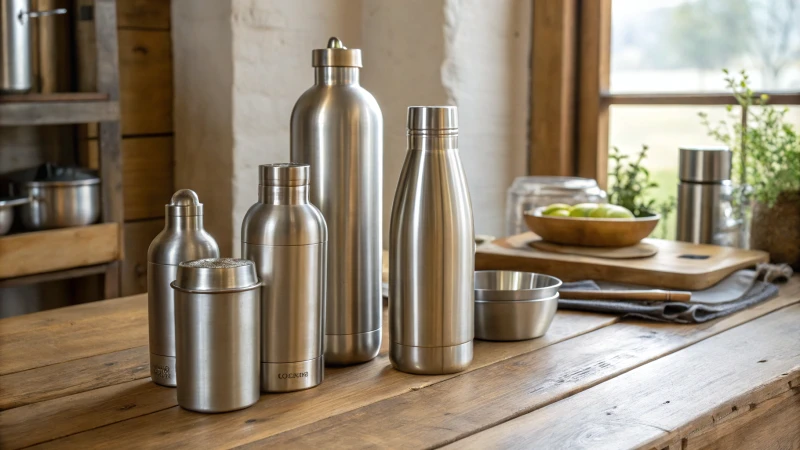
Durability and Product Preservation
I remember the first time I thought about switching to aluminum bottles for my laundry detergent brand. Like many business owners, I worried about product leaks. These leaks had been a constant problem with plastic packaging. Aluminum is very strong, which gave me peace of mind. It made sure my products reached customers without damage. This strength not only protected my brand's image but also saved money on damaged goods. Aluminum is really reliable.
One of the standout features of aluminum bottles is their durability. Unlike plastic, which can be prone to leakage5, aluminum provides a robust barrier against physical damage. This durability ensures product integrity, reducing loss and liability due to damaged goods.
Shipping and Logistical Advantages
The benefits for shipping were another nice surprise. Aluminum’s light weight let me ship more items at once. This cut fuel costs and helped improve delivery times. It was a win-win - better service for my customers and reduced shipping costs for me. Plus, stacking aluminum bottles was easy. This freed up valuable storage space in my warehouse.
Aluminum is lightweight yet strong, making it an ideal candidate for reducing shipping costs. Companies can save on fuel due to the lighter weight, allowing for larger shipments without compromising on quality. Additionally, the stackability6 of aluminum bottles can optimize warehouse space.
| Packaging Material | Weight (per unit) | Shipping Cost Savings |
|---|---|---|
| Aluminum | Low | High |
| Glass | High | Low |
| Plastic | Moderate | Moderate |
Environmental Impact and Tax Incentives
I really care about sustainability, so the eco-friendly benefits of aluminum appealed to me. Aluminum is 100% recyclable, which matched perfectly with my green goals. Also, using eco-friendly packaging could lead to tax savings. This was a financial benefit that made the switch to aluminum even more attractive.
With increased focus on sustainability, aluminum's 100% recyclability positions it favorably in eco-conscious markets. Governments may offer tax incentives for using sustainable packaging solutions. This makes aluminum not just a green choice but also a financially sound one for businesses seeking long-term cost savings7.
Initial Investment Considerations
Of course, every good thing has its drawbacks. The initial cost of aluminum packaging was a big factor. I spent time calculating to see if long-term savings in shipping and possible tax benefits would cover the initial expenses. Hearing success stories from other companies who switched to aluminum supported my choice.
Despite its benefits, the initial cost of switching to aluminum bottles can be significant. Companies must evaluate whether the long-term savings in shipping and tax incentives offset the upfront expenses.
Examining case studies from companies who have made the switch can provide valuable insights into potential return on investment.
In conclusion, while switching to aluminum bottles meant careful planning around upfront costs, the gains in durability, efficiency and sustainability were worth it for my business.
For anyone thinking about this change,
I suggest looking at the big picture and assessing how these benefits align with your company’s needs and market trends.
Explore more about how aluminum packaging solutions are revolutionizing industries and shaping a sustainable future.
For more information on choosing the best packaging for your business needs,
you might consider exploring industry reports or consulting with a packaging expert.
you may also want to review case studies of businesses that have transitioned
to understand their outcomes better.
Aluminum bottles reduce shipping costs due to low weight.True
Aluminum's lightweight nature allows for larger shipments, reducing fuel costs.
Initial investment in aluminum bottles is lower than plastic.False
Switching to aluminum often involves higher initial costs compared to plastic.
How Are Companies Responding to Consumer Demand for Sustainable Packaging?
Nowadays, everyone talks about sustainability. This is very important. Industries probably want to act responsibly. They try to use eco-friendly packaging. This is crucial.
The packaging world progresses significantly toward going green. Companies use recyclable materials more and really reduce waste. They dream up new biodegradable options. Businesses adopt eco-friendly technology to meet public demand. People want sustainable solutions.

Recyclable Materials Leading the Way
More companies are going green by using recyclable materials such as aluminum, glass, and certain plastics. Aluminum is endlessly recyclable and very sturdy. Big brands, like Coca-Cola, have chosen aluminum cans8 for their drinks. This shows their commitment to sustainability.
Innovations in Biodegradable Options
Biodegradable materials are another exciting area. Polylactic acid (PLA) and other bio-based plastics break down much faster than traditional plastics. Some businesses explore plant-based packaging, moving away from fossil fuels. This shift is really interesting and promising.
Reducing Packaging Waste
Cutting down on excess packaging is a simple and effective strategy. Minimalist designs not only look sleek but use fewer materials. Amazon, for instance, uses "Frustration-Free Packaging" that avoids extra, annoying bits. This approach reduces waste significantly.
Investment in Eco-friendly Technologies
Companies invest in technology that lowers their environmental impact. Innovations in manufacturing, like waterless dyeing methods and renewable energy, are crucial. Smarter and greener methods are essential for the future. This investment is really important.
| Strategy | Example | Benefit |
|---|---|---|
| Recyclable Materials | Aluminum | Infinite recyclability, reducing resource usage |
| Biodegradable Options | PLA | Faster decomposition, lessening landfill impact |
| Reducing Packaging Waste | Minimalist | Less material usage, lower environmental footprint |
| Eco-friendly Technologies | Waterless | Reduced resource consumption, sustainable process |
These trends reveal how sustainable packaging is changing, mirroring both consumer expectations and industry practices. Companies constantly adapt to remain relevant and responsible.
Explore more about sustainable packaging trends9 to see how they shape consumer behavior and business strategies. These changes are not just meeting demands; they are paving the way for a greener future.
Aluminum is infinitely recyclable and durable.True
Aluminum can be recycled repeatedly without losing quality, making it durable.
Amazon's initiative increases packaging waste.False
No explanation available.
Conclusion
Beverage companies are increasingly adopting aluminum bottles for their recyclability, reduced environmental impact, and safety compared to plastic, aligning with consumer demand for sustainable packaging solutions.
-
Discover the comprehensive environmental impact of aluminum compared to plastic through lifecycle analysis. ↩
-
Understanding how aluminum leaches into food can help you take preventative measures in food storage. ↩
-
These guidelines provide authoritative insights into safe levels of aluminum exposure. ↩
-
Learn about how manufacturers ensure safety in aluminum packaging processes. ↩
-
Learn how aluminum bottles prevent leakage, ensuring product quality and reducing losses. ↩
-
Discover how stackable aluminum bottles optimize storage and transportation. ↩
-
Find out about tax benefits linked to recyclable packaging choices. ↩
-
Learn about Coca-Cola's shift to aluminum cans and its environmental benefits. ↩
-
Discover the latest trends in sustainable packaging and their impact on industries. ↩

